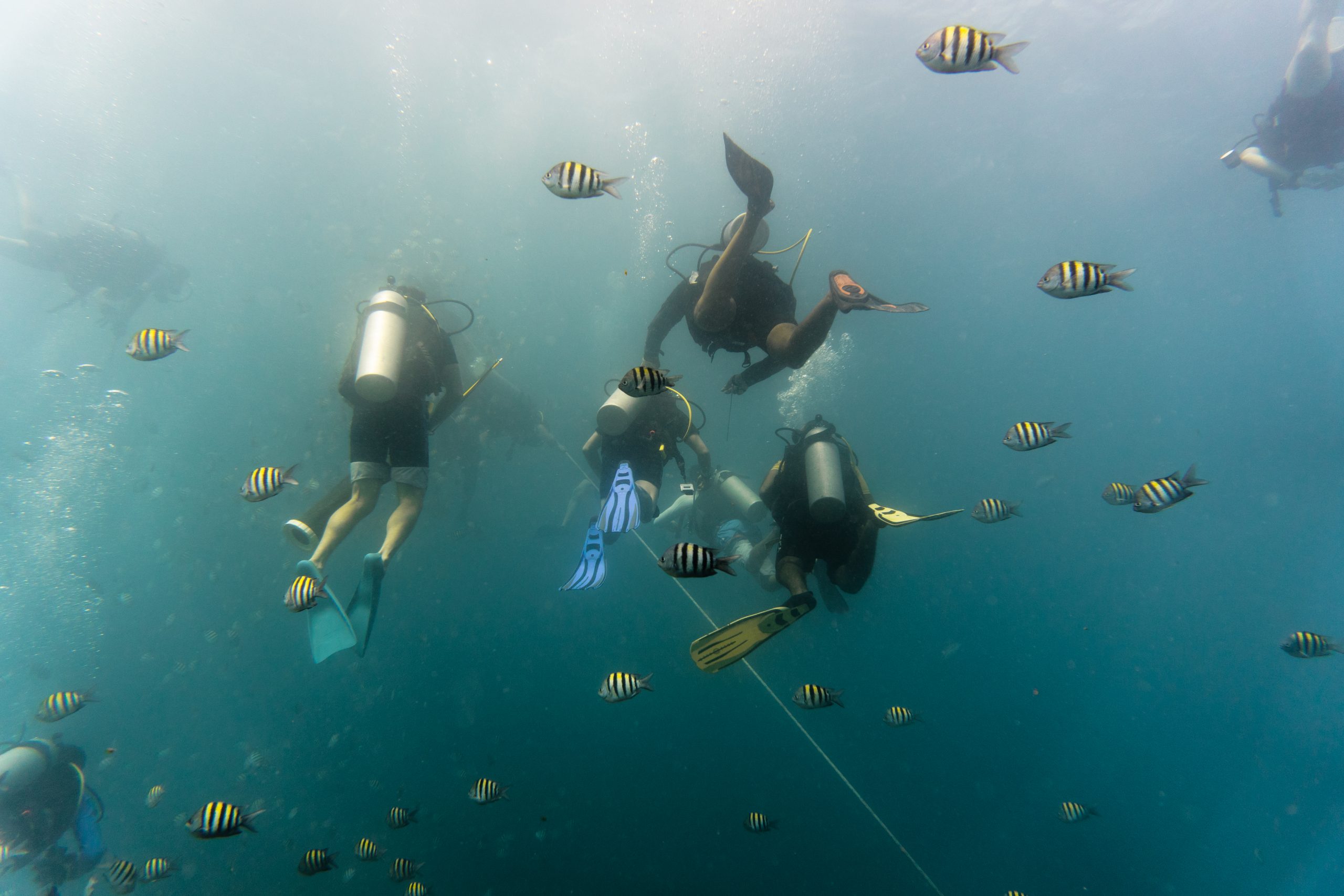The Caribbean is well known for its paradisiacal beaches and beautiful landscapes. The Seaflower region is also called “The Sea of Seven Colors”, referring to its crystal clear waters that shed a mixture of blue tonalities that sing straight into the soul.

Travelers from around the world come to the Caribbean to experience the ultimate tropical lust; White sand beaches, palm trees, fresh coconuts and a slowdown vibe overall , making this area the preferred destination for leisure and adventure travel.

In general, the Caribbean has been one of the most visited destinations during the last 20 years. Big chain hotels, cruise ships and local entrepreneurship have been increasing along with the number of tourists coming mostly from the USA, Canada and Europe. According to the Caribbean Tourism Organization, in 2019 stay-over arrivals grew by 4.4 per cent to reach 31.5 million and the highest growth rate in the Americas. Additionally, cruise visits increased by 3.4 per cent to reach 30.2 million. Due to this, it is noted that the Caribbean’s tourism industry is vital for the creation of opportunities for the people of the region, and critical to the promotion of economic development.

For the ‘Gran Seaflower’ proposed area, the scenario is encouraging. Despite the fact that top destinations (Cuba, Dominican Republic, Bahamas) are outside of the GSF area, the tourism industry here has been growing optimistically over the last decade. Four main region destinations outstand with high tourism potential in the southwestern Caribbean; the Archipelago of San Andrés, Providencia and Santa Catalina in Colombia (ASASCP), the Archipelago of Bocas del Toro in Panamá, the Archipelago of Corn Island and Cayos Miskitos in Nicaragua, and Puerto Viejo and Tortuguero in the coast of Costa Rica. Just in the ASASCP, over 1 million tourists visit annually and support the economy of the community, which along with other destinations, heavily rely on the tourism industry.
One important factor on this is that these touristic destinations in the GSF area attract mostly tourists from the whole American continent. For example, the ASASCP tourism is mostly represented by national tourism. This brings attention to the high potential that is still underdeveloped in terms of marketing and sales for high demanding market audiences such as Asia and Europe.
Given its nature, the main activities for tourism traveling in this area are directly related to the ocean. In this regard, the water sports industry has one of the biggest opportunities to grow in terms of infrastructure and human resources. SCUBA divers, snorkelers, surfers, kite surfers, sail boats, environmental volunteers and cruise ships are part of the emerging economic activities which could benefit from a regional based management tool such as the Gran Seaflower. This will open the dialogue between neighbor countries on how to effectively promote economic growth and also the mechanisms to achieve a sustainable management of the marine resources on which they rely on.



